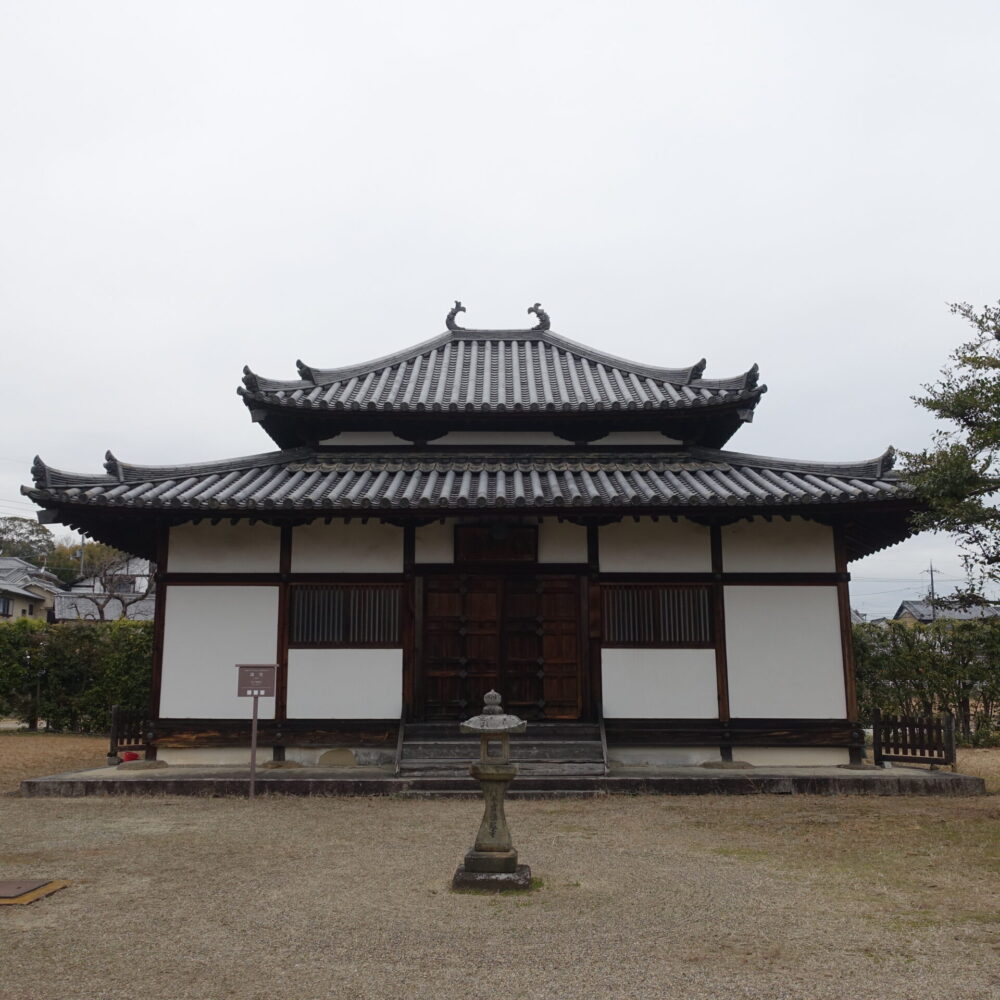Tourist attractions in Nara Prefecture1
In February, I went on an inspection trip to Nara. This inspection trip was to finalize the use of Google My Maps, which we plan to use for clothing rental logistics and concierge. As it turned out, everything was running smoothly, which was a relief.
Table of Contents
1: Nara Palace Site
2: Toshodaiji Temple
3: Yakushiji Temple
4: Horyu-ji Temple
5: Hokiji Temple
1: Nara Palace Site
After arriving in Nara, I rented bicycles from the hotel and visited famous tourist sites, including World Heritage Sites. Sightseeing by train is difficult in Nara as there is no underground system, and the railway network is poorly developed. Sightseeing is possible with the “Gurutto Bus,” which costs 100 yen per ride. But the “Gurutto Bus” don’t have routes to places such as Yakushiji Temple and Horyuji Temple. It depends on where you want to go, but this time I am convinced that a bicycle is the best way to see Nara after touring the sights by bicycle.
First, I went to the Nara Palace Site near our hotel. The Heijo Palace Ruins were the center of the Heijo-kyo Capital, which was relocated from Fujiwara-kyo in 710. The Suzaku-mon Gate, restored in 1998, symbolizes the Heijo Palace Ruins. The Heijo Palace Site is registered as a World Heritage Site along with Todai-ji Temple, Kofuku-ji Temple, Kasuga Taisha Shrine, Kasuga-yama Primeval Forest, Genkoji Temple, Yakushiji Temple, and Toshodai-ji Temple as ‘Cultural Assets of Ancient Nara.’
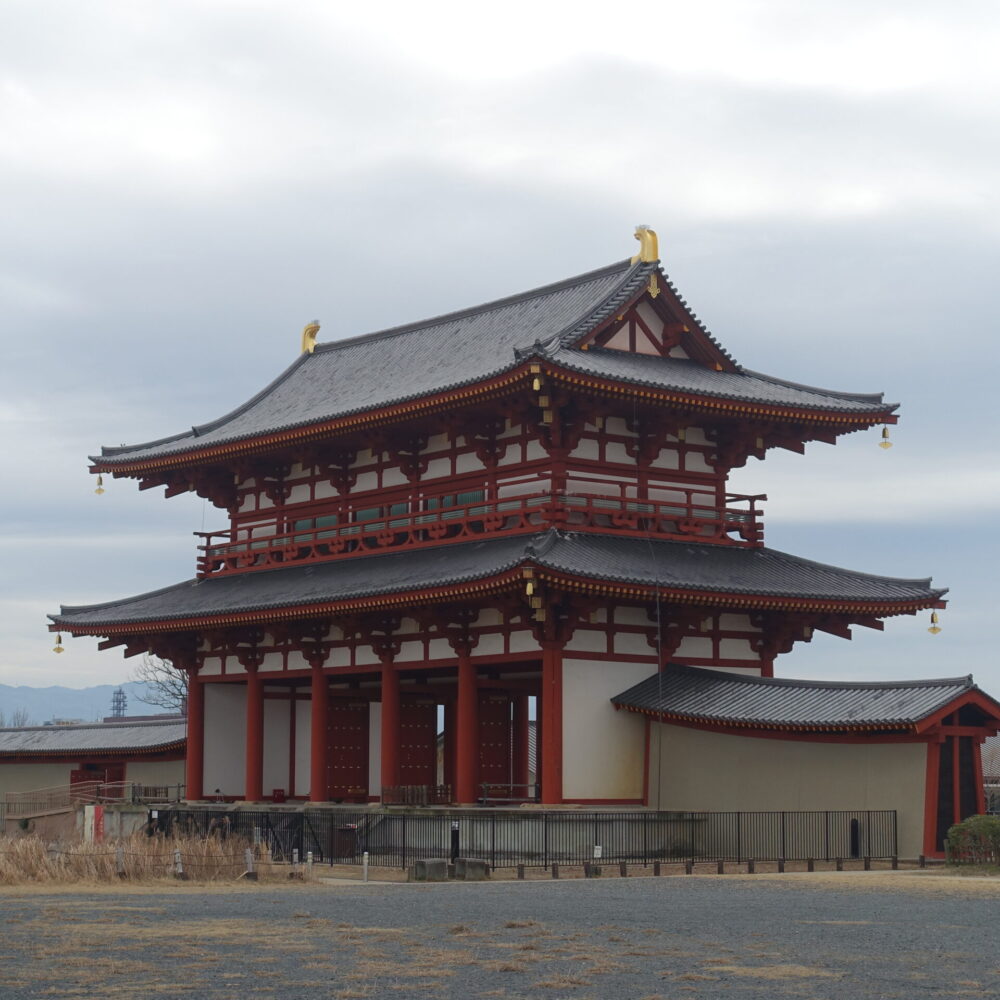
Suzakumon was the main gate of Heijo Palace. It is a big gate with an east-west width of about 25 m, a north-south width of about 10 m, and a height of about 20 m. The Kintetsu Nara Line runs between the Suzakumon Plaza, where the Suzakumon Gate is located, and Daigoku-den Hall, making it possible to photograph the Suzakumon or Daigoku-den Hall and the railway together. The Daigoku-den is a reconstruction of the largest palace of the Heijo Palace.
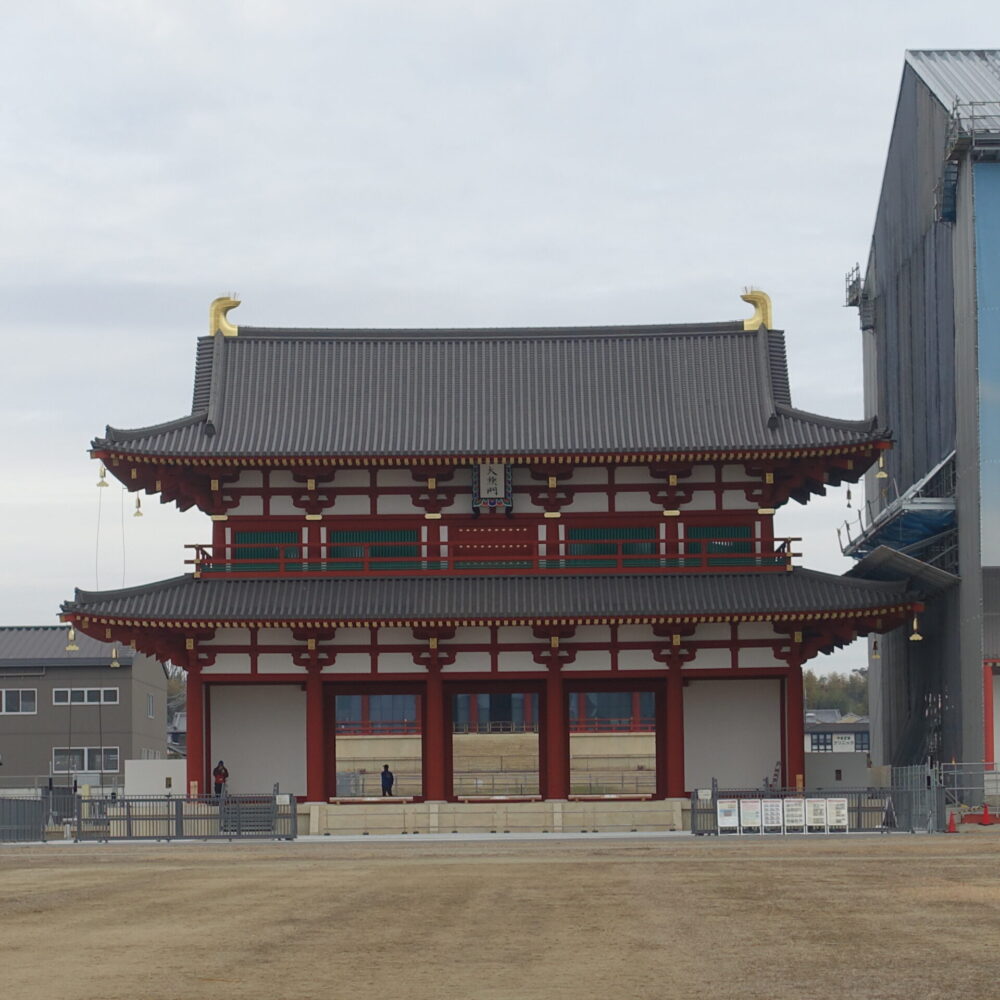
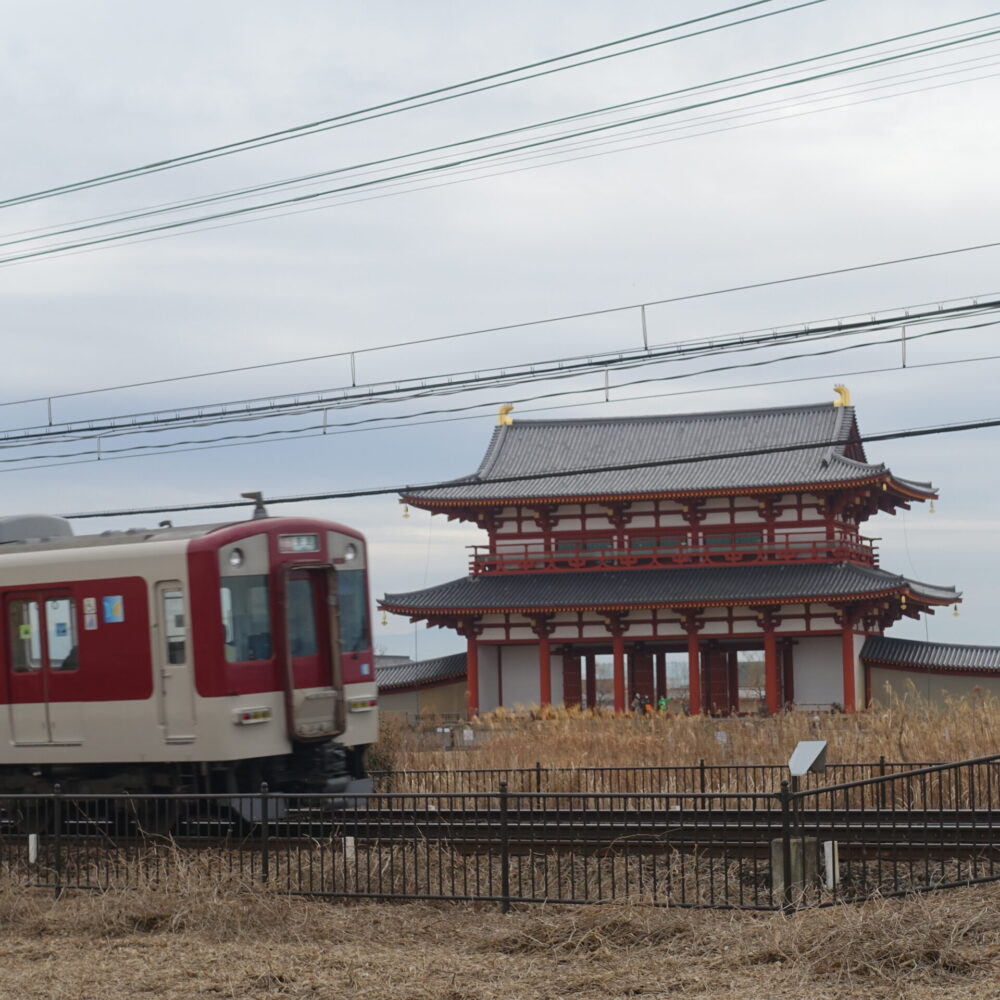
2: Toshodaiji Temple
From the Nara Palace Site, I cycled to Toshodaiji Temple. The journey takes about 10 minutes. There was a cycle path (Akishino River Bike Path Course) along the Akishino River so I could cycle safely and comfortably.
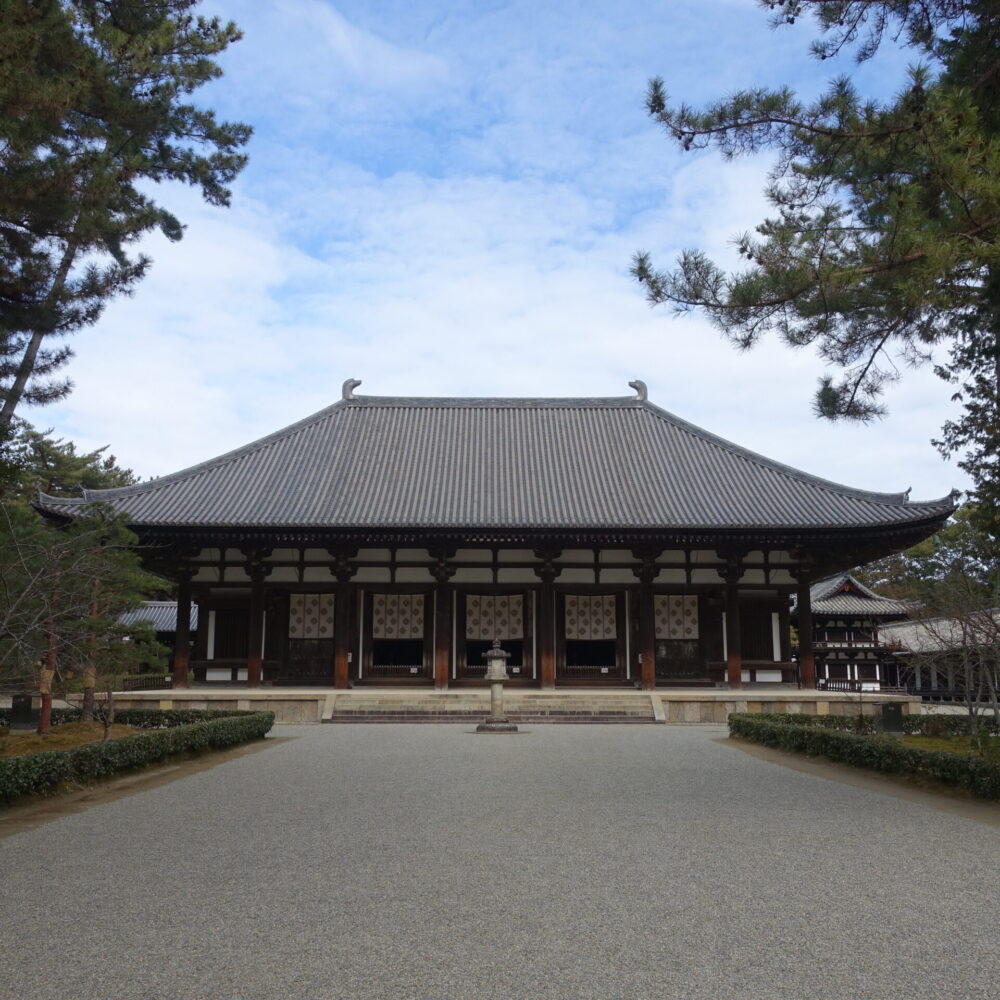

Toshodaiji Temple was founded in 759 by the Tang dynasty high priest Ganjin Wajo and is a World Heritage Site. The Kondo (Golden Hall), lecture hall, schoolhouse, and drum tower are designated National Treasures. Toshodai-ji is a dignified and magnificent temple. I particularly liked it among the various temples I visited in Nara this time.
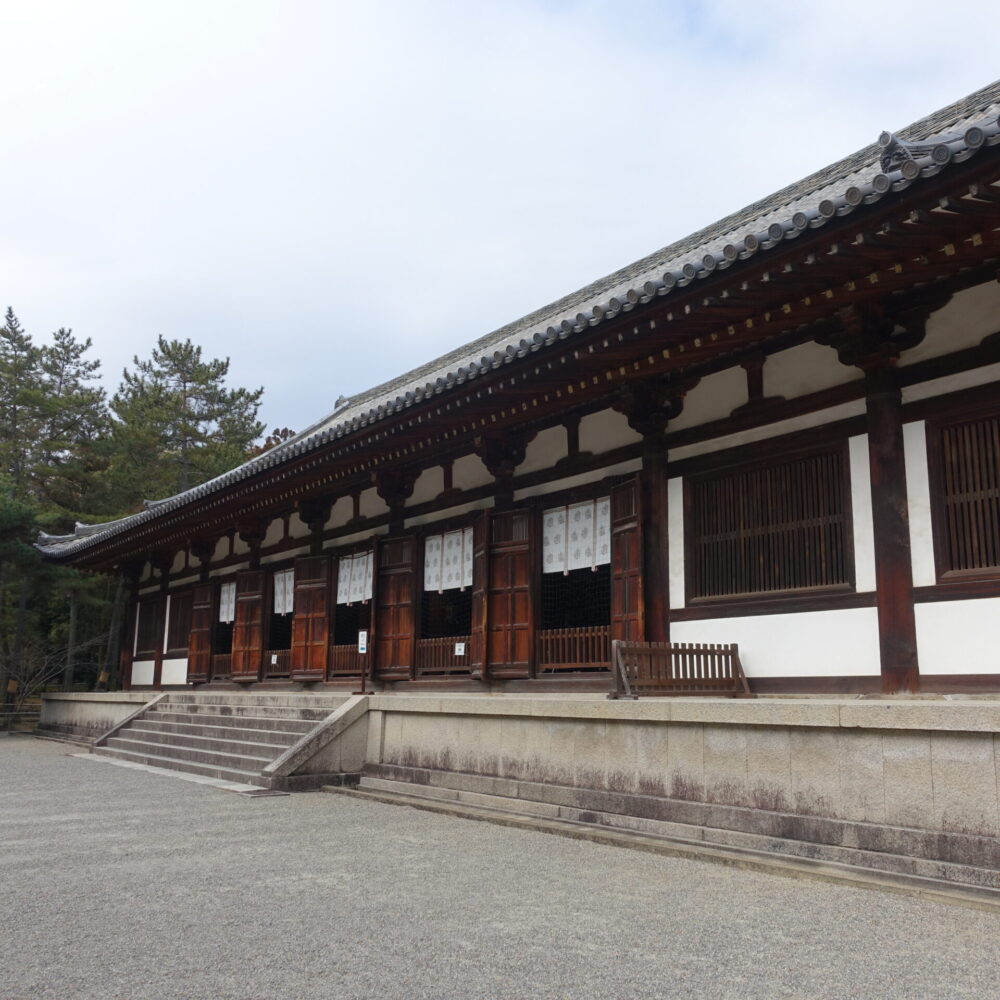

3: Yakushiji Temple
Yakushiji Temple is located close to Toshodaiji Temple, within a 10-minute walking distance. By bicycle, it took only 2-3 minutes.
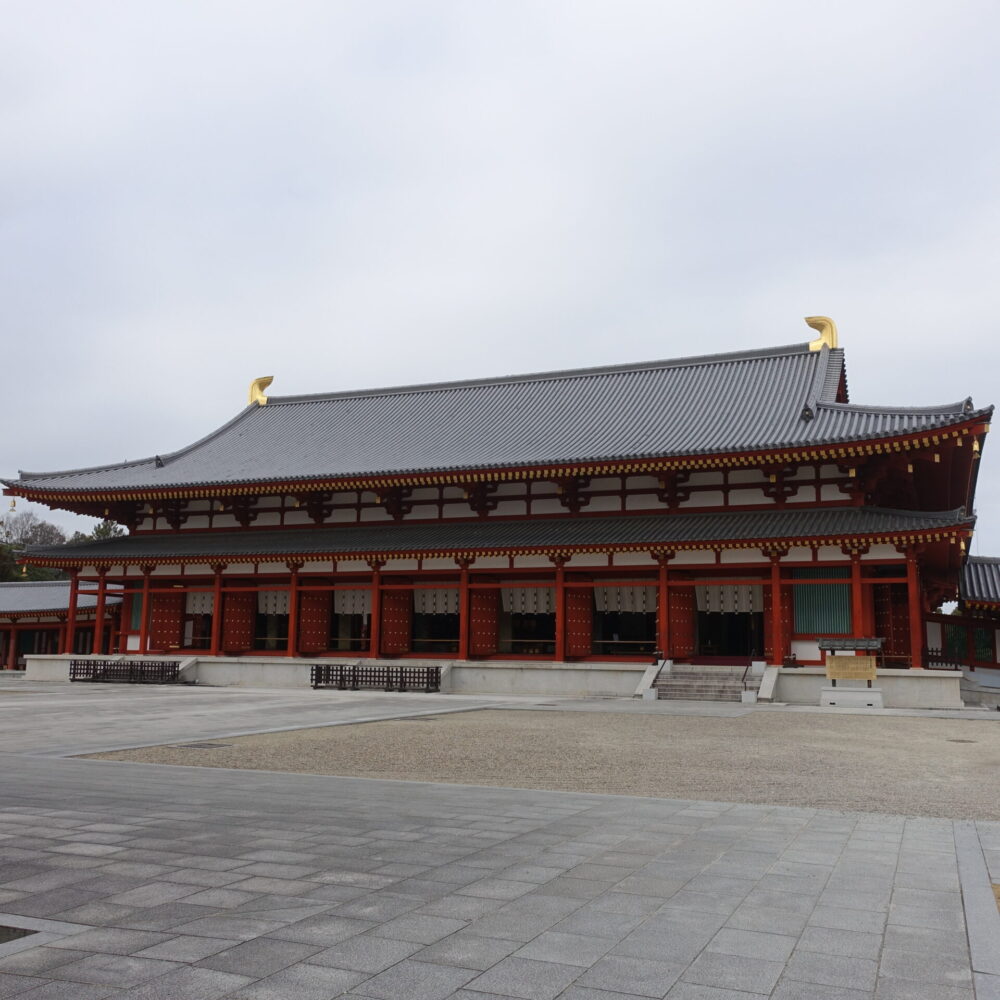
Yakushiji Temple was built in 697 in the Fujiwara Capital and is a World Heritage Site. It was moved to its present location in 718 following the relocation of the capital to Heijo-kyo. Many of Yakushiji’s buildings were burnt down in wars during the Middle Ages. Still, the East Pagoda (National Treasure) is said to be the only building surviving its construction. However, there are various theories.

4: Horyu-ji Temple
Horyu-ji Temple took over 40 minutes by bicycle from Yakushiji Temple. There is a cycling road, which allows us to enjoy cycling while admiring the scenery. However, the cycle path needs to be clarified, so care should be taken to maintain sight of it.
Horyu-ji Temple was founded in 607 by Prince Shotoku and Emperor Suiko. The architectural complex of Horyu-ji was registered as a World Heritage Site in 1993 as ‘Buddhist Monuments in the Horyu-ji Area.’ Together with Himeji-jo, it was Japan’s first World Heritage Site to be inscribed.
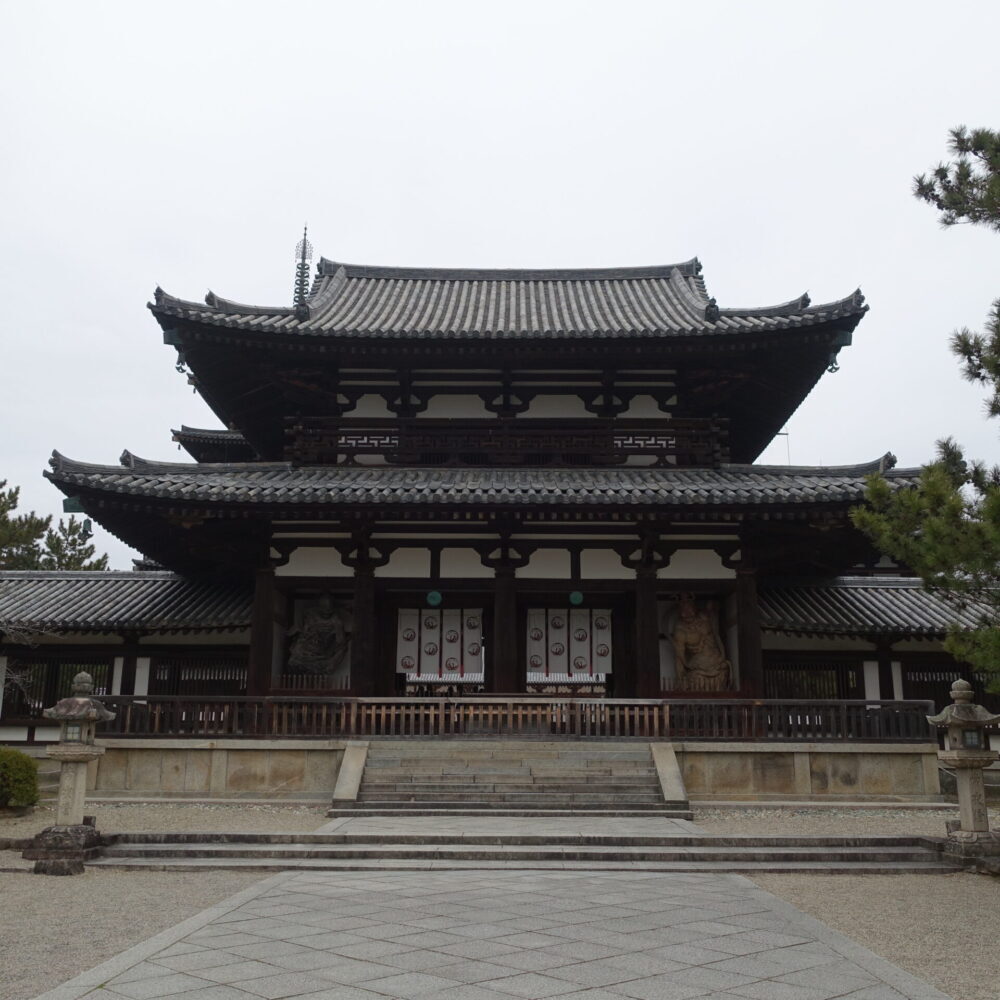
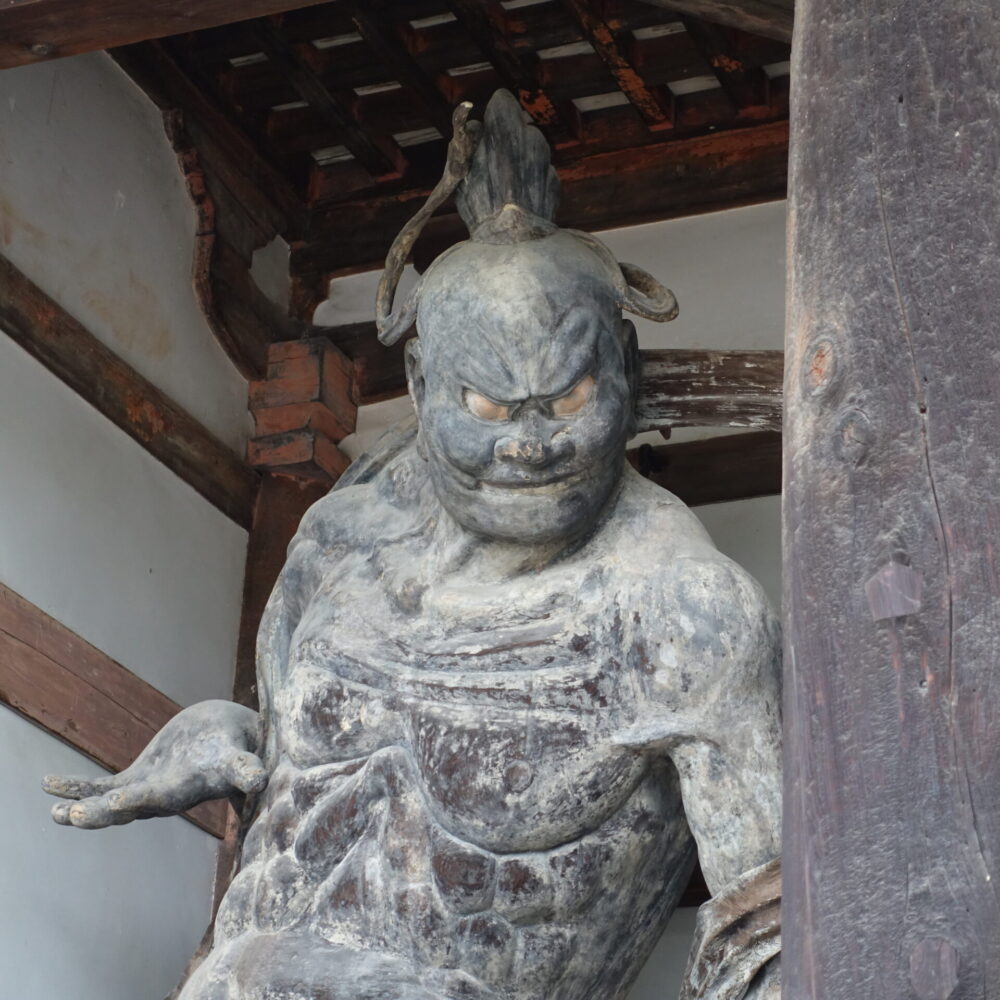
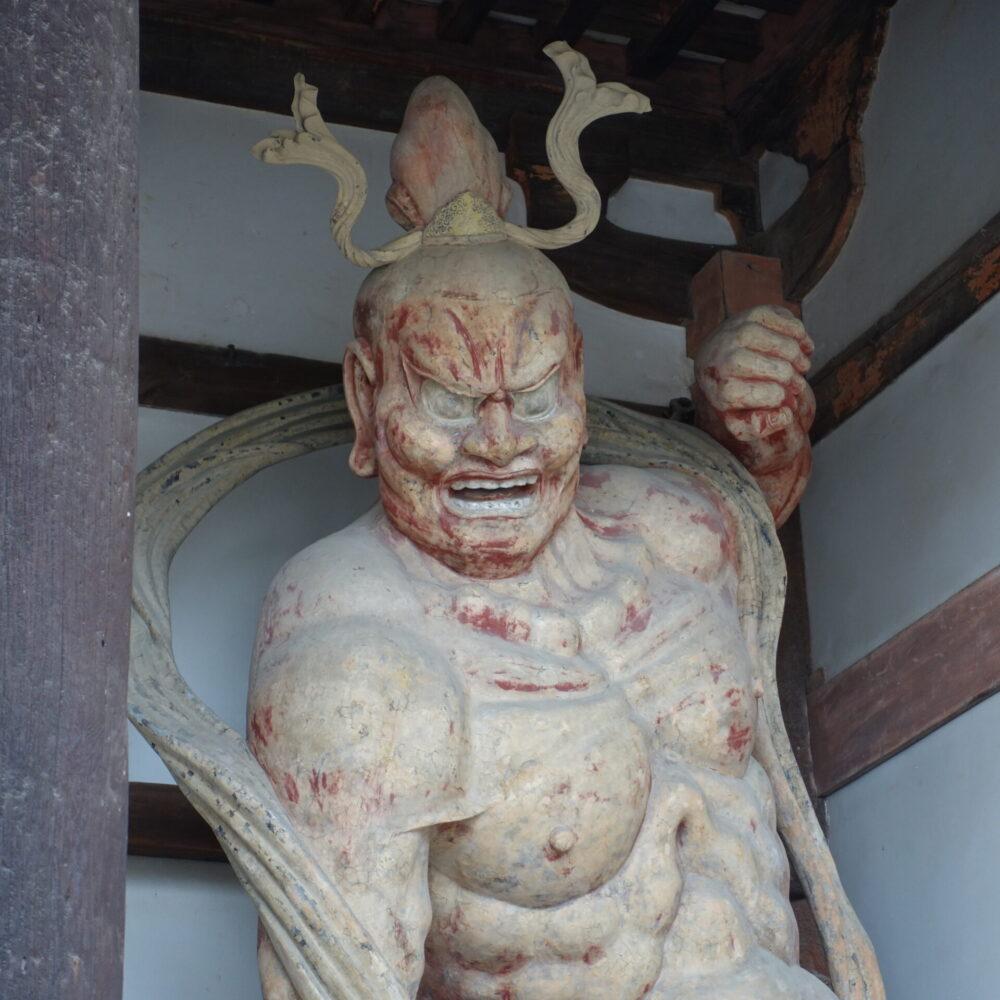
The Saiin temple complex, centered on the Kondo and the five-story pagoda (national treasures), was once destroyed by fire but rebuilt in the early 8th century (by 711). It is the oldest surviving group of wooden buildings in the world.

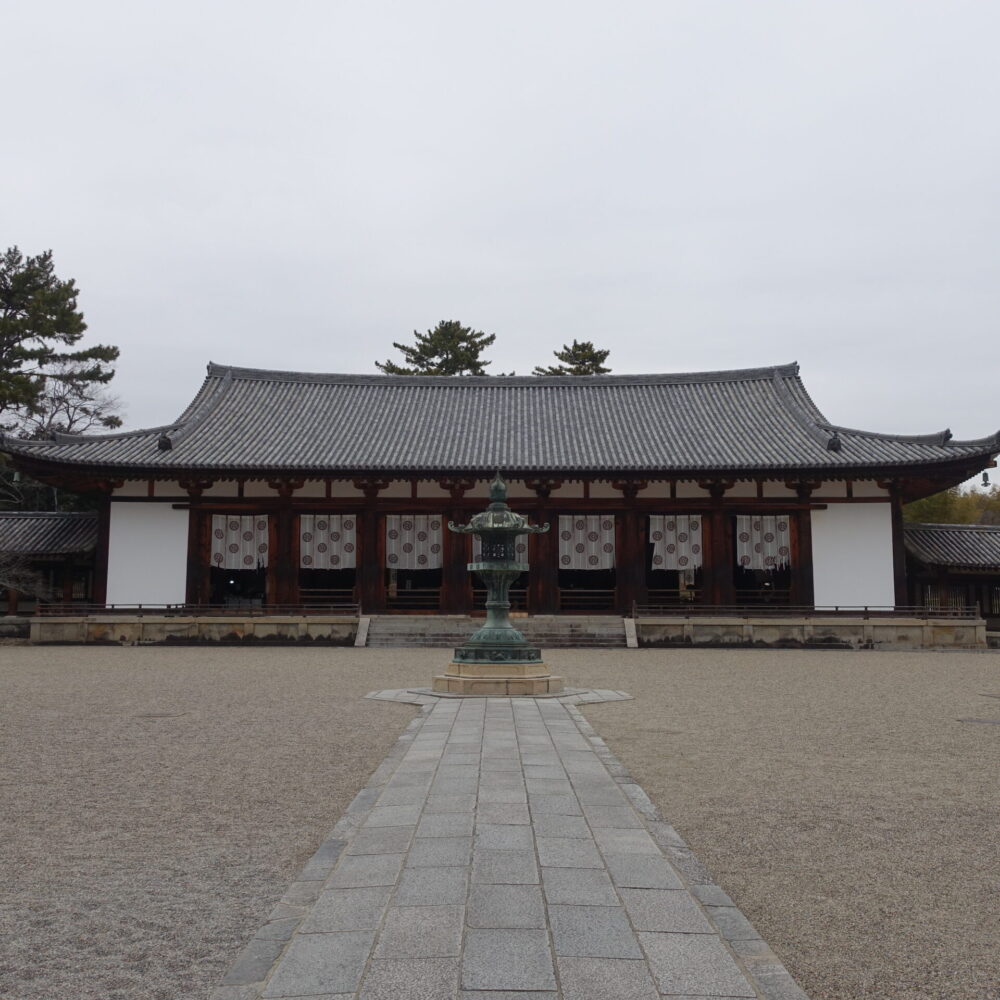
The Toin temple complex is centered around the national treasure Yumoedono and is smaller than the Saiin temple complex.
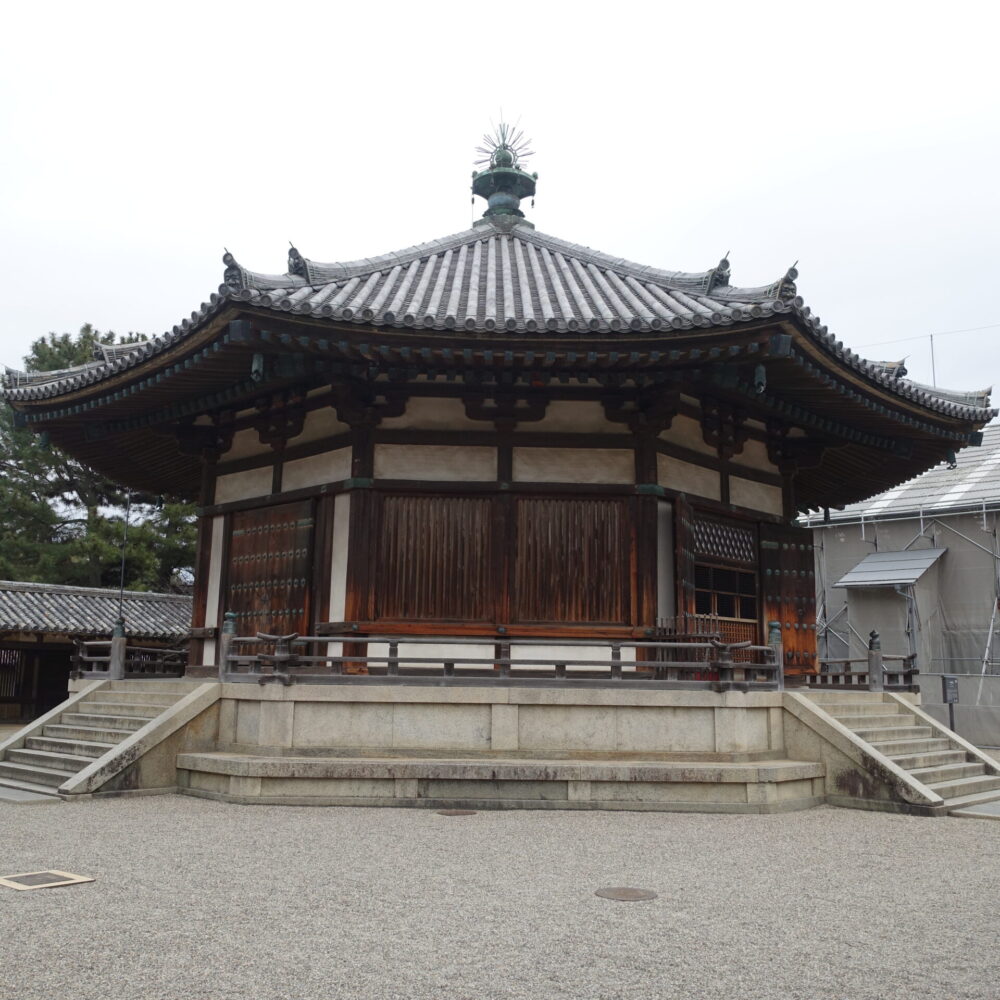
Horyu-ji is a vast temple complex, and it takes at least an hour to visit it all. Although the temple is famous in Japan and internationally, it is located in a rural town outside the center of Nara Prefecture and has a laid-back atmosphere.
5: Hokiji Temple
Hokiji Temple was founded in 638 and, together with Horyu-ji Temple, is registered as a World Heritage Site as a ‘Buddhist Monument in the Horyu-ji Area.’ Hoki-ji Temple is about 20 minutes walk from Horyu-ji Temple or five minutes by bicycle.
Hokiji was a large temple complex when it was founded, but it is now a much smaller one; the three-story pagoda (national treasure), completed in 706, is the oldest three-story one in Japan.
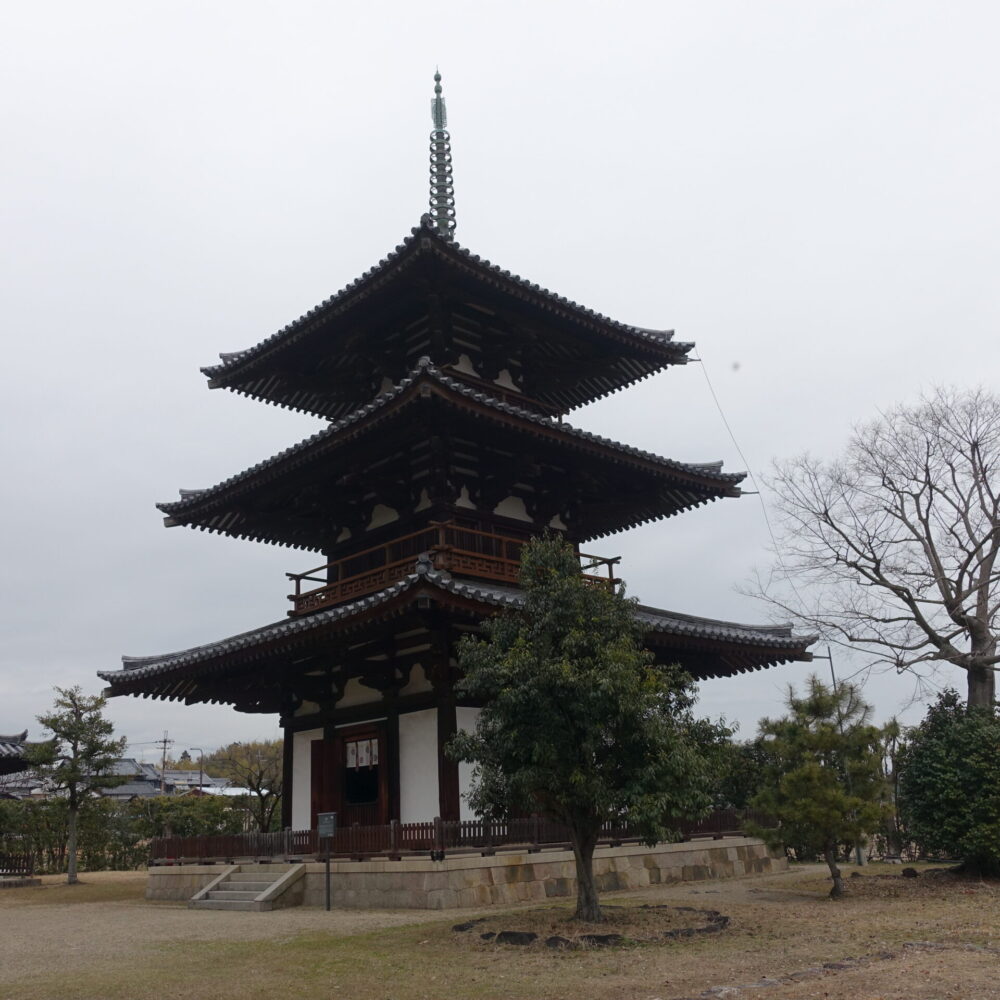
Hokiji Temple was different from Horyu-ji, which was crowded with many tourists. There were no other tourists besides me. I was tired of sightseeing and crowds at the massive Horyu-ji Temple, so I had a quiet time at Hokiji Temple, where there were no people. I hope many people will also visit Hokiji, as it is a temple very close to Horyu-ji.
